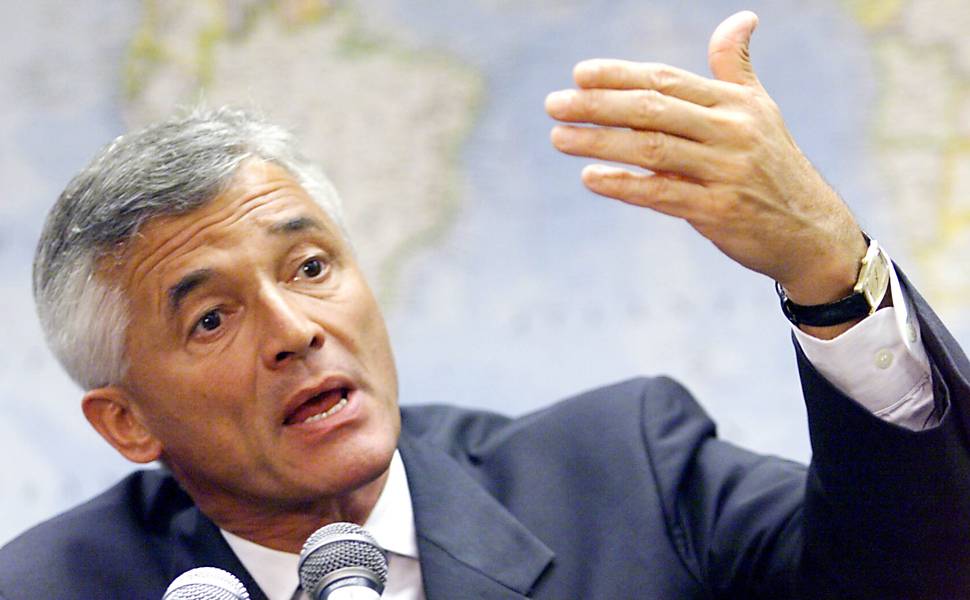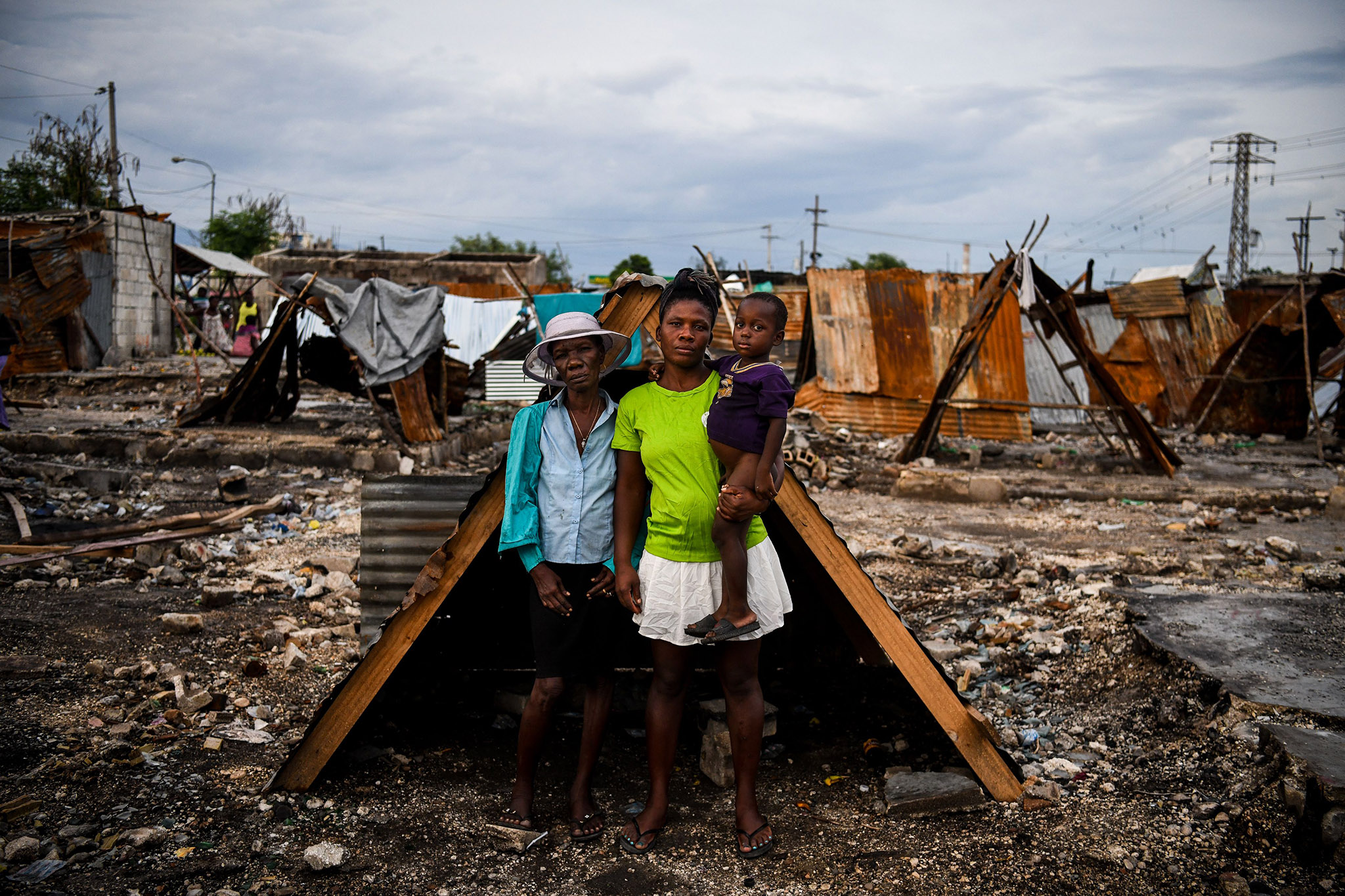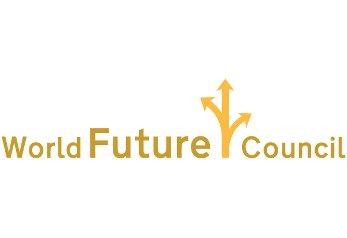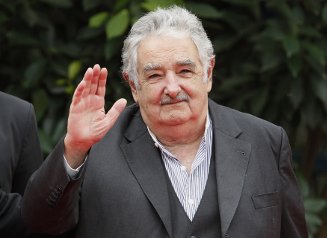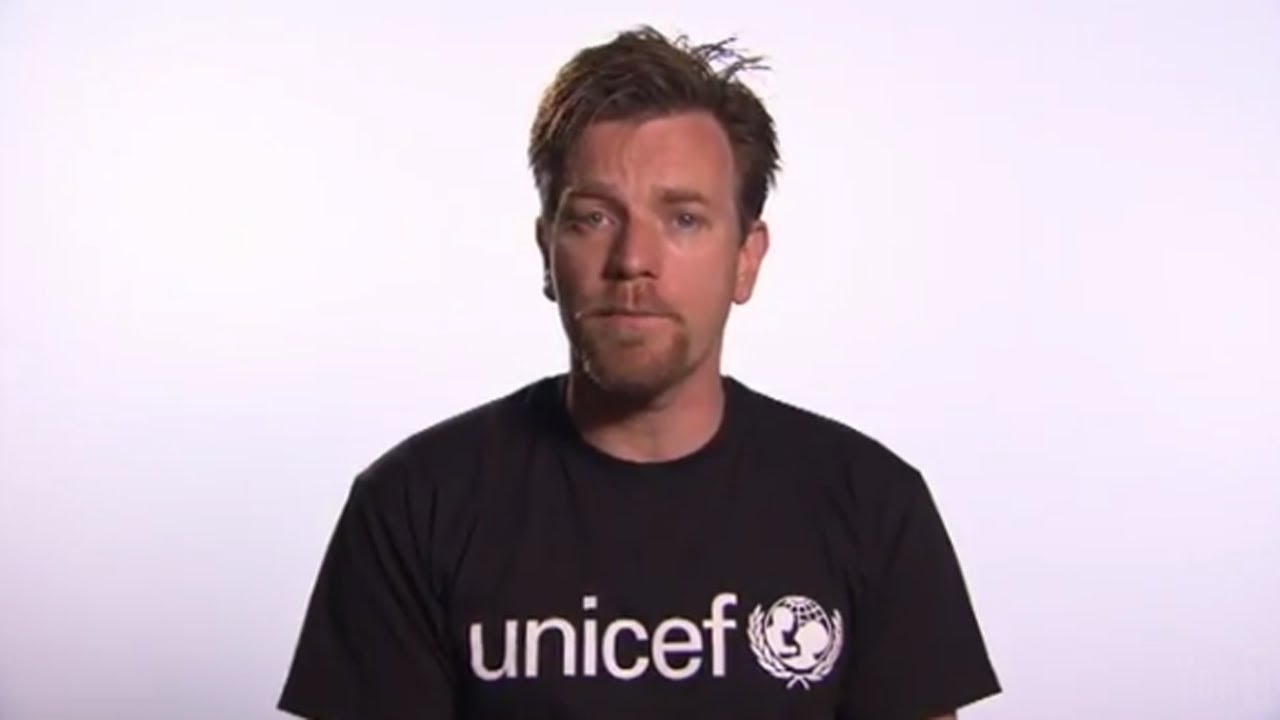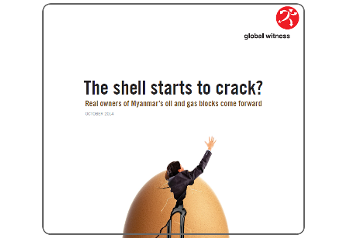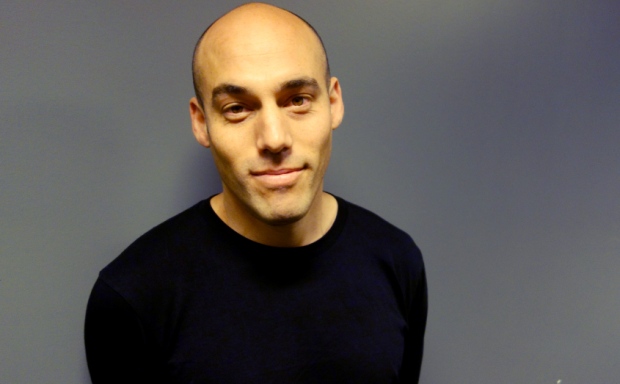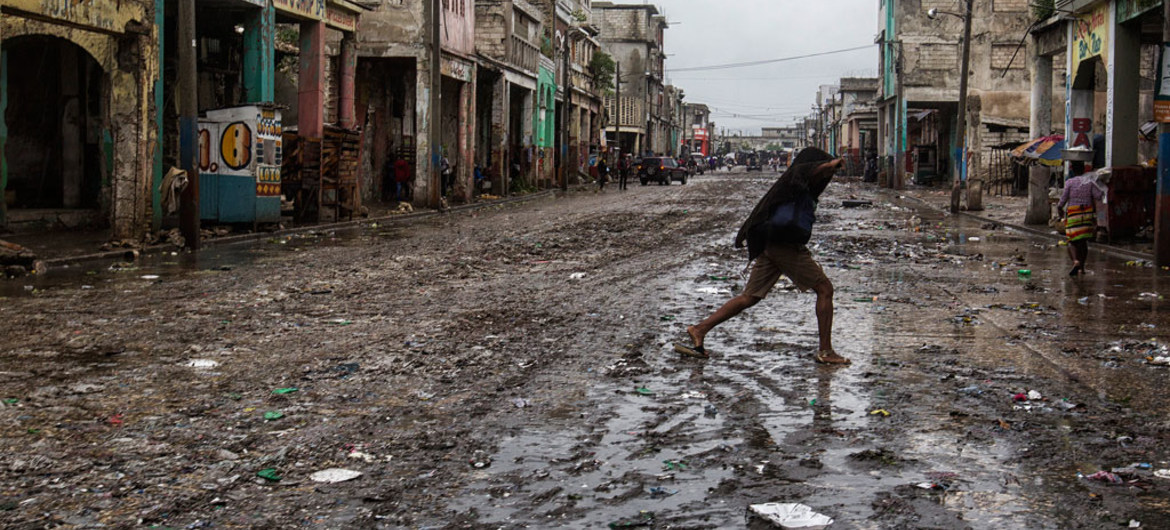
It was October 2016. Two weeks earlier, Hurricane Matthew had slammed across the Southern Peninsula of Haiti with 140 mile-an-hour and 44 inches of rain. When I checked into the small hotel in Port-au-Prince where I’d spend the first night before going out to the countryside, I discovered that a team of early responders from the International Federation of the Red Cross (IFRC) was staying there as well. That evening, we gathered at a poolside table and discussed what we’d come to do.
Relationships: Top-Down vs. Bottom-Up
Other than the fact that we were all there for the same reason—to help families who’d lost everything—the IFRC team and I couldn’t have been more different. They did this for a living. I’d never participated in disaster relief, other than as a donor. The IFRC had been around for a century. I’d only recently foundedCreative Exchanges Initiative (CEI), to provide innovative education for American schools, bring Haitians to the United States for cultural exchanges, and help us all better understand why the work of NGOs and nonprofits in Haiti had hurt more than helped. The IFRC, with an annual budget of hundreds of millions of dollars, was the biggest humanitarian aid agency in the world. CEI, which hadn’t yet spent a dime in international aid, was arguably the smallest.
But the money I’d collected was enough for only two homes. Was this really what the majority of people in the community wanted? The leaders also wanted me to turn funds over to them, something local friends had already cautioned me against doing. Whether it was at the highest level of government, where the IFRC worked, or at the smallest grassroots level, in Haiti there always seemed to be a top-down system that didn’t serve the people well.
Relationships: Turning the Hierarchy Upside-Down
The next day, the IFRC team headed off to meet with high-level Haitian officials, reams of paperwork in hand. I headed out to the countryside in a ramshackle pickup driven by someone from the village I’d known since he was a child.
Four hours later, when we arrived, I barely recognized the area I’d known well for over two decades. 350 houses were gone or in shambles. Fields where crops had recently been planted were bare. Goats and chickens were all dead. Hundreds of avocado, mango and citrus trees lay on their sides, leaves stripped from branches and root balls sticking up in the air.
I set out on a three-hour walk, going up and down the mountainside to each of the five communities we’d come to assist, talking with people all along the way. Many of the women I visited with were farmers I’d known for years. Some families said they needed food. All said they needed to get crops back in the ground immediately because planting season was almost over. I decided our initial intention to give cash directly to the people to use as they most needed was the right thing to do.
The next day, though, when I met with the local leadership committee, they continued to insist I give the money directly to them to use as they saw fit. I held firm to our commitment not to let the voices of few at the top override those of the majority. A few hours later, with darkness soon approaching, we finally reached an agreement. They’d allow CEI to distribute the funds, would organize it and would even provide a representative to guarantee it went smoothly. That same evening, they gave me a list 225 names, 50 from each village, and managed to inform each person of the time to arrive at the church the following day—all without internet, electricity, or vehicles. It was a minor miracle.
People arrived early and waited quietly outside in the sun until their turn came, then entered 50 at a time. First, we spoke with the entire group, offering encouragement and an explanation of the process. Then, one at a time, people came to a work-table we’d set up. Each opened the envelope that was handed them, counted the gourdesinside, and signed a receipt. Meanwhile, a committee member verified identities and checked names off the list. Each meeting took about an hour-and-a-half. It was orderly and efficient.
By beginning on focusing on the wishes of the majority and then combining it with the organizational skills of the leaders and the resources of CEI, we’d achieved something rarely, if ever, done before in Haiti: not just a prompt and orderly distribution, but a ground-up decision, strategy, and implementation.
Relationships: Re-imagining the Future
Two days later I arrived back at the hotel in Port-au-Prince feeling good about what we had accomplished and overwhelmed by the magnitude of unmet need that remained. That evening when the IFRC crew returned from their day’s work, we gathered around the table again. I described the distributions and showed pictures from my phone. They were astonished. “I can’t believe you could hand out money all day long and not have chaos or riots, or that you got it all done so fast!” They were still waiting to get supplies off ships and onto the ground.
The guy next to me said, “I wish we could work like that,” and grinned. Then he pointed his finger at me as though in threat. “Don’t ever tell anybody I told you that. The boss wouldn’t like it. He’d be out of a job.”
We laughed, said our goodbyes and went our separate ways. But our conversation has stayed with me ever since.
Two weeks later, with a pledged donation double the amount I’d brought the first time, I returned to Haiti to meet with Eloi and to create a plan. Eloi was a trusted colleague and board member of CEI. He was a good friend and our Senior Advisor in Haiti. We first met in 1990 when I went to the village to lead teacher training workshops. At that time, he was principal of the American-funded school. Through the years, he’d seen firsthand the ways American influence had contributed to Haiti’s decay, not only in the village, but country-wide. It had been the subject of many conversations between us. Aid money, we both agreed, had fueled corruption, fostered dependency, and perpetuated poverty. We were determined to create a different approach.
Historically, disaster relief agencies and development-work organizations have shared a common fault: the people closest to the situation have had too little say in programs that can impact them for generations. When that happens, not only are goods stalled in port, siphoned by officials for their own purposes or unfairly allocated. The resources themselves end up fueling corruption and strengthening systems of inequities and injustices. Eloi and I agreed that there was a definite correlation between NGO/nonprofit initiatives of the past and growth of dependency, entrenchment of poverty, and erosion of local civic infrastructure.
We sat at the same table outside the hotel where I’d talked with the IFRC team two weeks prior. They were now gone, replaced by others who would implement the next phase of their work. I asked Eloi how he thought our larger donation should be spent. “We won’t give anything away for free,” he said emphatically.
I knew he was right, but it was hard for me to imagine people paying for anything when they still didn’t have basics like shelter and food.
Over the next hour, Eloi laid out a strategy for what soon became Phase One of an initiative that has since outgrown anything either of us could have imagined that day. In its first two years, CEI’s community-led, community-driven initiatives served over 500 families in 10 villages, established farm co-ops and women’s groups, provided a significant economic jump-start, improved nutrition while replenishing depleted soil, and supported teacher training in 173 schools.
Most importantly, we’ve created the beginnings of a bottom-up network of capable leaders as well as transformational change in a critical mass of citizens who, with their improved collaborative skills and a new vision, are creating lasting change. All from the ground-up.
Transformative Relationships: Replicable Model or One-Time-Only?
CEI was able to achieve these results because we had multiple relationships that went back as long as 30 years. We already had the trust and transparency that was needed. As problems arise—and they have been legion—we’ve been able to work together honestly and openly to find the best solution. It’s an emergent process. We learn as we go. We credit our success to the relationship-focused model that has evolved alongside our work and its intentionality to help each of us uncover and transform our own relationship to power.
I soon realized that ours was a much-needed counterpoint to the failed aid model in Haiti. The question is, can we find a way for others to replicate it, even without the kinds of relationships we had in place when we began?
In subsequent articles, I’ll tell you exactly what we’ve done, why we did it, and how–by combining techniques derived from inquiry-based and problem-solving educational pedagogy with principles of entrepreneurship–you can do it too. If enough of us adopt this transformative, relationship-driven model, I believe we can create a world where people and planet will thrive.
I believe that if we work together in a grassroots model, we can and will create a world where people and planet thrive. Not only will daily life become better for all, the next time disaster strikes, we can have equitable networks in place to efficiently and effectively support the efforts of agencies like the IFRC.

